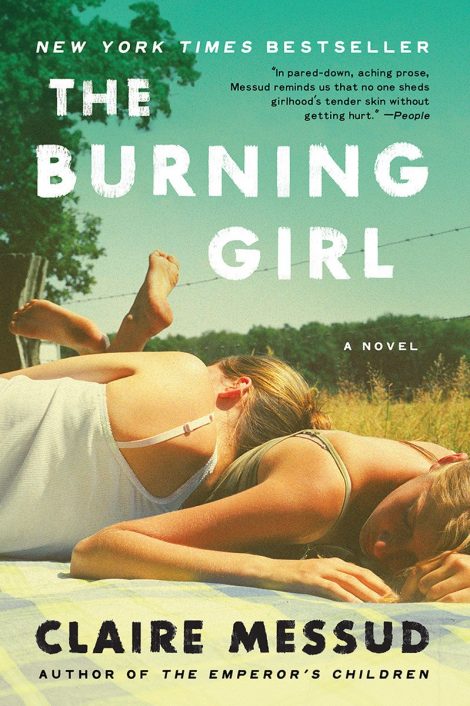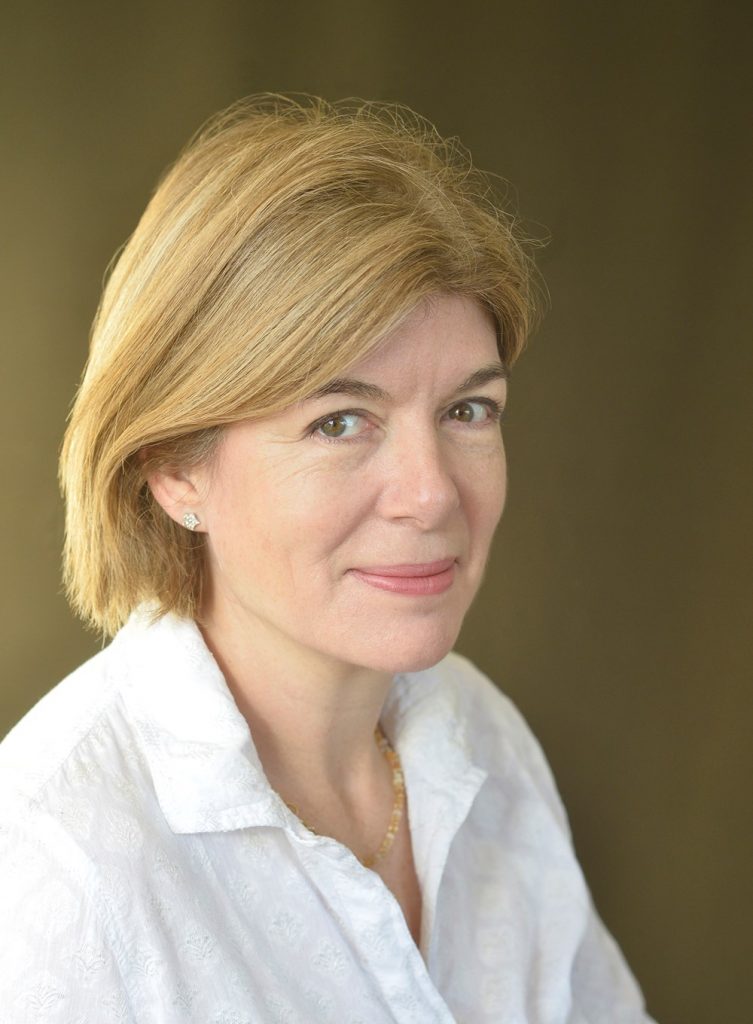
THE BURNING GIRL
“[A] masterwork of psychological fiction.… Messud teases readers with a psychological mystery, withholding information and then cannily parceling it out.” —Chicago Tribune
A New York Times bestseller and finalist for the Los Angeles Times Book Prize. Julia and Cassie have been friends since nursery school. They have shared everything, including their desire to escape the stifling limitations of their birthplace. But as the girls enter adolescence, their paths diverge and Cassie sets out on a journey that will put her life in danger and shatter her oldest friendship. The Burning Girl is a complex examination of the stories we tell ourselves about youth and friendship,
“[A] masterwork of psychological fiction.… Messud teases readers with a psychological mystery, withholding information and then cannily parceling it out.” —Chicago Tribune
A New York Times bestseller and finalist for the Los Angeles Times Book Prize. Julia and Cassie have been friends since nursery school. They have shared everything, including their desire to escape the stifling limitations of their birthplace. But as the girls enter adolescence, their paths diverge and Cassie sets out on a journey that will put her life in danger and shatter her oldest friendship. The Burning Girl is a complex examination of the stories we tell ourselves about youth and friendship, and straddles, expertly, childhood’s imaginary worlds and painful adult reality―crafting a true, immediate portrait of female adolescence.
Claire Messud, one of our finest novelists, is as accomplished at weaving a compelling fictional world as she is at asking the big questions: To what extent can we know ourselves and others? What are the stories we create to comprehend our lives and relationships? Brilliantly mixing fable and coming-of-age tale, The Burning Girl gets to the heart of these matters in an absolutely irresistible way.
- W.W. Norton & Company
- Paperback
- June 2018
- 256 Pages
- 9780393356052
About Claire Messud
 Claire Messud is a recipient of Guggenheim and Radcliffe Fellowships and the Strauss Living Award from the American Academy of Arts and Letters. The author of five other works of fiction including, most recently, The Burning Girl, she lives in Cambridge, Massachusetts, with her family.
Claire Messud is a recipient of Guggenheim and Radcliffe Fellowships and the Strauss Living Award from the American Academy of Arts and Letters. The author of five other works of fiction including, most recently, The Burning Girl, she lives in Cambridge, Massachusetts, with her family.
Praise
Named one of the best books of the year by the Los Angeles Times, San Francisco Chronicle, Vogue, NPR, Financial Times, Town & Country, Kirkus Reviews, Publishers Weekly, Refinery29, and Literary Hub.
“[A] masterwork of psychological fiction.… Messud teases readers with a psychological mystery, withholding information and then cannily parceling it out.”—Chicago Tribune
“Messud is psychologically astute about her characters and about the competing social and familial pressures… that make adolescent friendship and its dissolution so fraught.”—Boston Globe
“The friendship of two girls, Julia and Cassie, animates this slim, dreamlike novel…Messud plays, lightly, with familiar archetypes, deftly abstracting her tale so that it flares into myth.”—The New Yorker
Discussion Questions
1. The novel opens with Julia’s explanation that stories differ depending on the point at which they begin, and that each of us shapes our stories so they make sense of who we think we are. How might Cassie’s story have differed from Julia’s? Where would Cassie begin her story?
2. Why do Julia and Cassie believe the Bonnybrook asylum is special? What does it represent to them, and why do you think they choose to return there?
3. As an adolescent, Julia feels that she and Cassie are “secret sisters” and share experiences and perspectives that practically intertwine. As they age, Julia experiences a disenchantment with their friendship. How does the fabulistic style of Julia’s narration evolve as she grows up? How does she make sense of the world around her?
4. Julia tells us from the beginning that her friendship with Cassie is a story. Throughout the novel, the girls make up the stories of their lives—first together and then separately—for themselves, for each other, and for the wider world. What are some of the stories each of them invents? Julia is also trying to resist certain stories that seem to her likely or even inevitable: What are they?
5. The girls also make up their stories using the stories they already know—such as “Hansel and Gretel,” when they’re searching the forest for the asylum (i.e., when Julia puts slips of paper on the trees to help find their way back). What other references to familiar or archetypal stories can you find in this novel?
6. Cassie becomes obsessed with locating her father. The man she ends up tracking down doesn’t recognize her. How would you explain what happened—do you think this man was her father? Or was Cassie’s mother lying about his identity?
7. How does Bev change when she meets Anders Shute? What do you think accounts for this change? Do you believe Peter Oundle’s hypothesis that she is a con artist (pages 241–43)?
8. On page 111, Julia declares that “growing up and being a girl was about learning to be afraid.” What does she mean by this? How would you describe this type of fear?
9. Consider the idyllic, middle-class setting of Royston. From the overgrown asylum to the woods at the edge of Cassie’s house—how would you characterize the interplay between its nature and society? Do you think this characterization extends to the interplay between human nature and societal expectations?
10. As they begin high school, Cassie and Julia grow apart, but Julia is adamant that it was “absolutely essential to not appear to care.” Why is this? Might things have turned out differently if she had made her feelings known, or had confronted Cassie?
